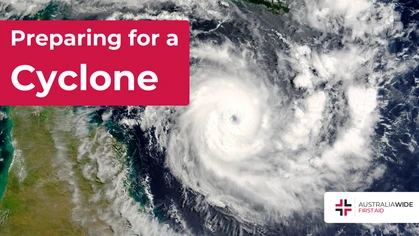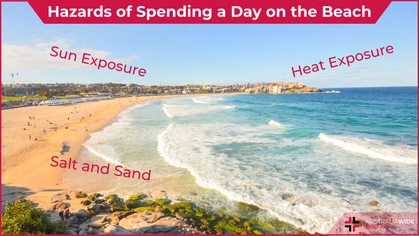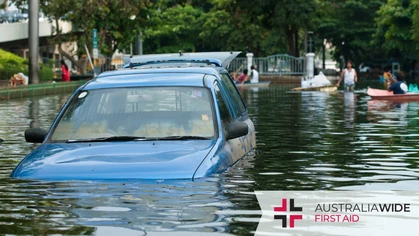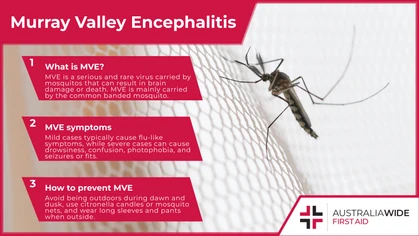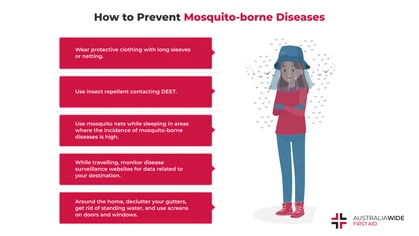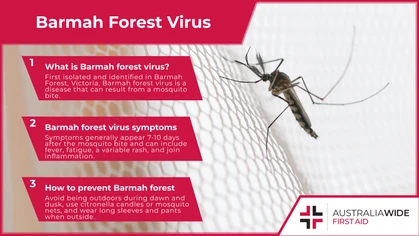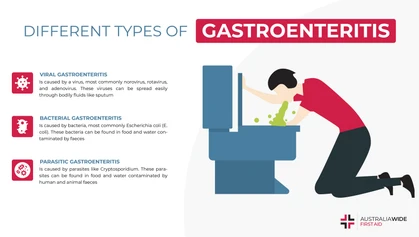Surviving Storm Season: Essential Tips

Seasonal Concerns
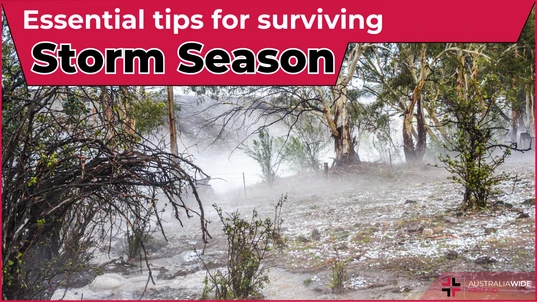 Severe storms vary in intensity and can develop quickly, sometimes with little warning. In Australia, they are most common during the warmer months, when the combination of high temperatures and humidity can create unstable atmospheric conditions conducive to storm formation.
Storms in Australia typically result in high winds, intense rainfall, and even flooding. Hail, sometimes as large as golf balls, can cause extensive damage to roofs, cars, and gardens. Tornadoes, though less common, have been known to occur, especially in parts of Queensland and northern New South Wales.
A plethora of injuries is possible in any storm – from cuts and crush injuries from falling objects, sustaining infections from flood waters, soft tissue injuries caused by hail, to electrocution or even drowning.
The risks posed by these storms go beyond immediate physical harm. Power outages, road closures, and disruptions to essential services can leave communities isolated, sometimes for days. This is why preparedness is essential.
Severe storms vary in intensity and can develop quickly, sometimes with little warning. In Australia, they are most common during the warmer months, when the combination of high temperatures and humidity can create unstable atmospheric conditions conducive to storm formation.
Storms in Australia typically result in high winds, intense rainfall, and even flooding. Hail, sometimes as large as golf balls, can cause extensive damage to roofs, cars, and gardens. Tornadoes, though less common, have been known to occur, especially in parts of Queensland and northern New South Wales.
A plethora of injuries is possible in any storm – from cuts and crush injuries from falling objects, sustaining infections from flood waters, soft tissue injuries caused by hail, to electrocution or even drowning.
The risks posed by these storms go beyond immediate physical harm. Power outages, road closures, and disruptions to essential services can leave communities isolated, sometimes for days. This is why preparedness is essential.

Preparing for a Severe Storm
Proper preparation can significantly reduce the risks posed by severe storms. A key aspect of storm preparedness is assembling an emergency kit that can help sustain you and your family during and after the storm. Here are some items you should include:- Battery-powered radio and torch: Ensure you have a reliable way to receive weather updates and emergency broadcasts if power is lost.
- Extra batteries: Keep a stock of spare batteries to power your radio, torch, and other essential devices. This includes fully charged power banks for mobile phones.
- Non-perishable food and water: A supply of food that can last for several days, along with at least three days' worth of drinking water per person.
- First aid kit: A comprehensive first aid kit, including any essential medications, can prove invaluable in treating minor injuries that may occur during a storm.
- Candles and waterproof matches: These provide a backup source of light if power outages are prolonged.
- Emergency contact list: Keep a written list of important phone numbers, including local emergency services, family members, and your insurance provider. Don’t trust that your mobile will be functional – have written copies just in case.
- Mobile phone and charger: A car charger is a particularly good investment, as it allows you to charge your phone even if the electricity is out. So are fully charged power banks. Keeping an old phone in your emergency kit can provide a way of contacting emergency services, even if it doesn’t have a SIM card.
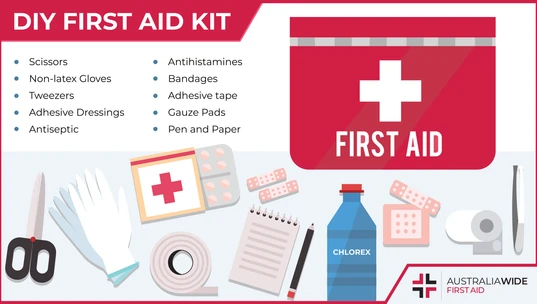
Staying Safe During the Storm
When a storm hits, your first priority is to ensure you are in a safe location. Always seek shelter in a sturdy building. Stay indoors and move to a part of the house that is away from windows, such as a bathroom, hallway, or basement if you have one. Flying debris from broken windows can pose a significant hazard during severe storms, particularly when strong winds are involved. It is also important to avoid using electrical appliances or plumbing during a storm, as lightning can travel through wiring and pipes, leading to electrical shocks. Stick to battery-operated devices for communication and updates. If you are caught outdoors when the storm hits, seek shelter in a vehicle or a solid structure as quickly as possible. Avoid open spaces, tall objects such as trees, and bodies of water, as these can attract lightning. If authorities issue an evacuation order, follow it immediately. Your emergency kit should be easy to grab as you leave, ensuring you have the essentials you need if you are forced to stay elsewhere for a period of time. Roads may be blocked by debris, so it’s crucial to evacuate early and avoid unnecessary risks. Deal with any injuries as soon as possible, but be aware that emergency services may not be able to reach you until after the storm has passed. Keep your first aid kit with you during the storm, and only use clean water or sterile solution to rinse wounds.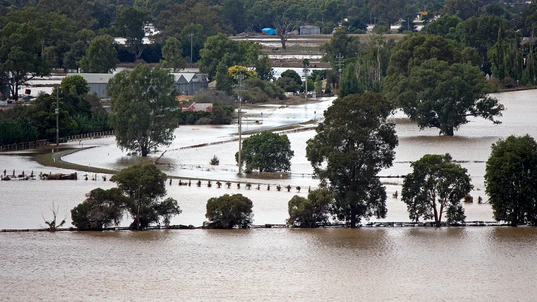
After the Storm
The danger does not necessarily end once the storm has passed. The aftermath of a severe storm can present its own challenges, including fallen trees, power outages, and downed power lines. Be cautious when stepping outside, and avoid any contact with power lines or flooded areas, as these can still pose significant hazards. In some cases, storms can cause structural damage to homes. Before re-entering your house, inspect it for any obvious signs of damage, such as cracks in the walls, weakened ceilings, or electrical issues. If your home has sustained significant damage, it may not be safe to stay there until repairs are made. For those who live in flood-prone areas, it’s particularly important to be aware of the risks associated with flash flooding. Even after the rain has stopped, floodwaters can continue to rise. Never attempt to drive through floodwaters, as the depth and speed of the water can be deceptive, and vehicles can easily be swept away. In fact, as little as 30 centimetres of water can cause most vehicles to lose control or stall.Protecting Your Property
While human safety is always the top priority, it’s also worth considering how you can protect your home and property from storm damage. Some preventative measures include:- Insurance: Make sure your home and contents insurance policy covers storm damage, including flood, hail, and wind damage. Review your policy regularly to ensure it provides adequate coverage for your location and circumstances.
- Storm shutters: Installing storm shutters on windows can help protect your home from flying debris and reduce the risk of broken glass.
- Waterproofing: Ensure that any outdoor structures, sheds, or garages are properly sealed to prevent water from seeping in. You may also want to consider flood barriers or sandbags if you live in an area prone to flooding.

First Aid Considerations During Storms
Knowing basic first aid is invaluable during a severe storm. Injuries from flying debris, falls, or other accidents can happen in the chaos of the storm, and quick first aid can make a big difference in these situations. Some key first aid tips include:- Wound care: Clean and dress any cuts or scrapes immediately to prevent infection. Your first aid kit should include sterile bandages, antiseptic wipes or spray, and adhesive dressings.
- Head injuries: If someone has suffered a blow to the head, monitor them for signs of concussion, such as dizziness, confusion, or vomiting. Seek medical attention if these symptoms occur.
- Burns: In case of electrical fires or contact with lightning, treat burns by cooling the affected area with running water for at least 20 minutes. Do not use ice or creams.
Conclusion
Severe storms are a fact of life in many parts of Australia, but by being prepared and knowing how to respond, you can reduce the risks to yourself, your family, and your property. Building an emergency kit, storm-proofing your home, and staying informed during a storm are essential steps to ensure safety. Remember, preparation can make all the difference, so take the time to get ready before storm season arrives. For further advice and to ensure you are equipped with life-saving skills, consider enrolling in one of our first aid courses. Your safety, and that of your loved ones, is worth the effort.
Originally published at
https://www.australiawidefirstaid.com.au/resources/surviving-storm-season-essential-tips
as part of the Australia Wide First Aid Articles Library

